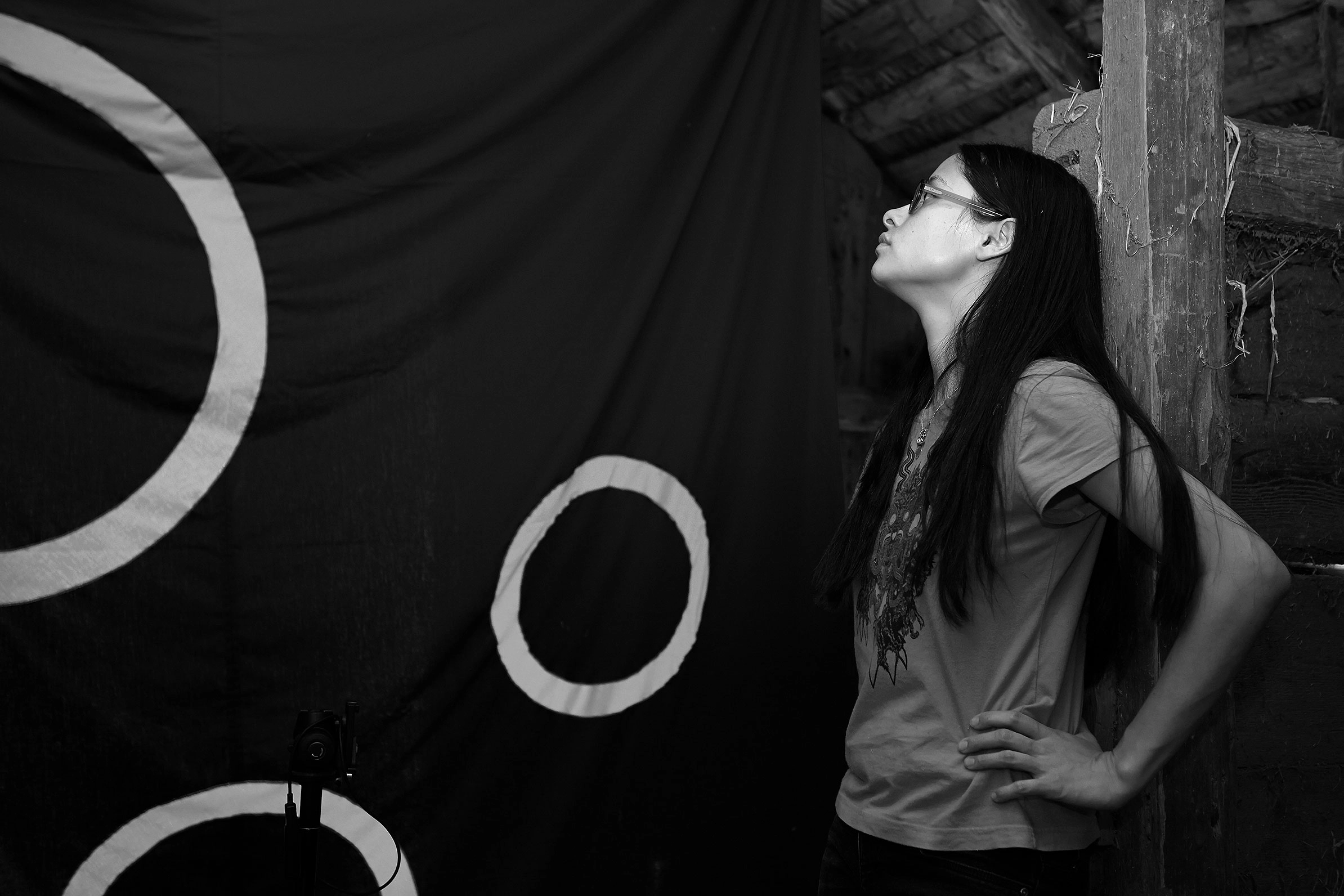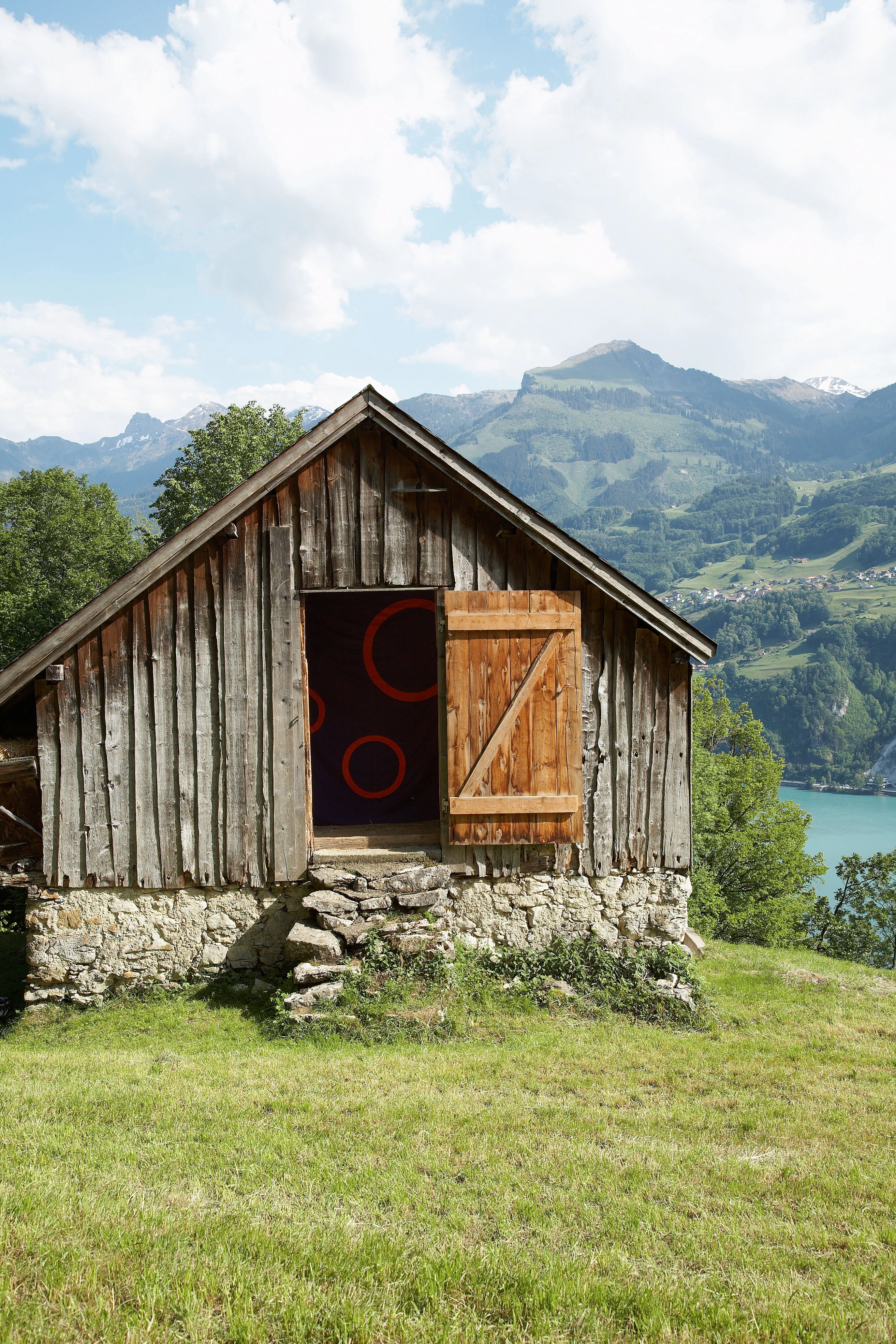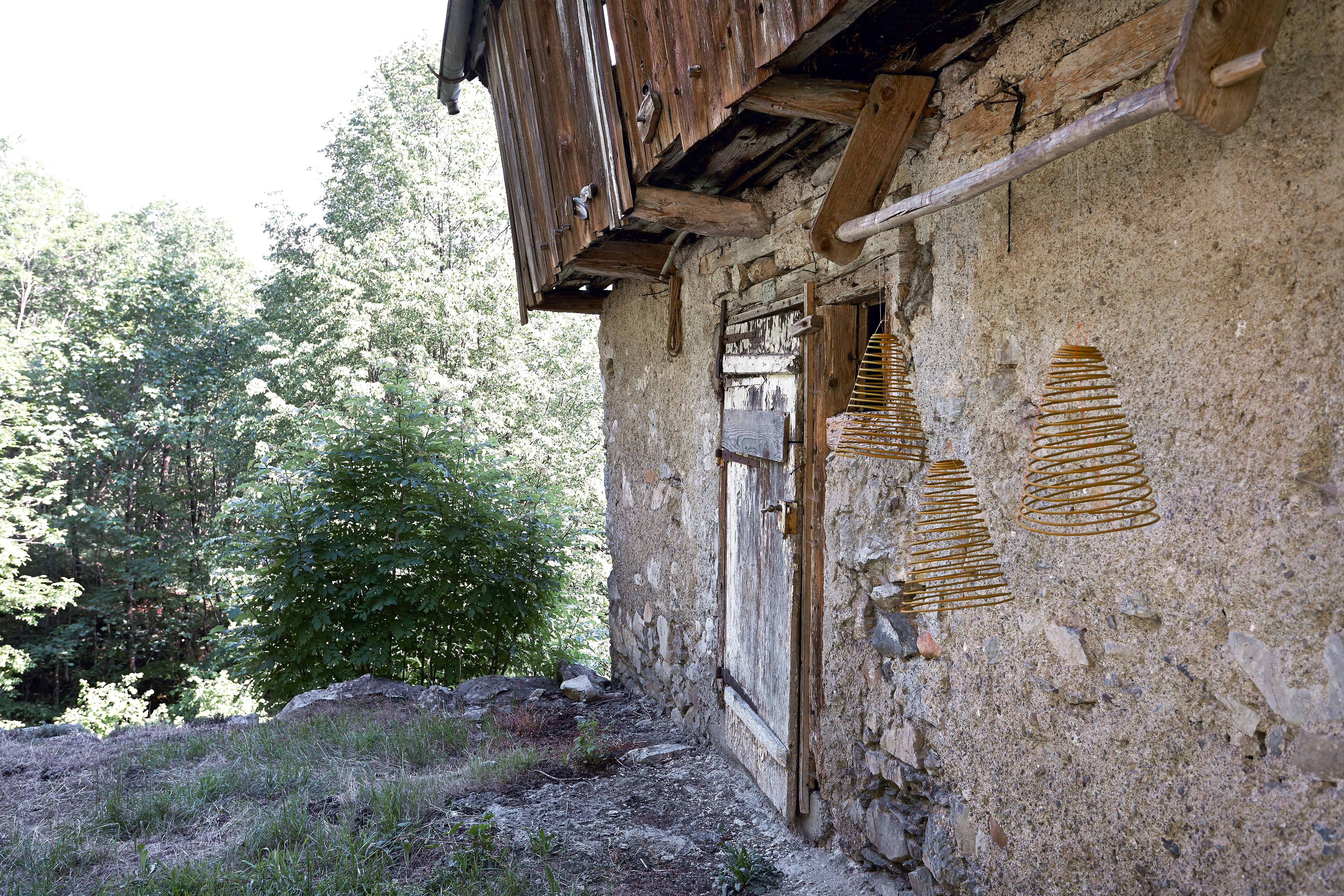Mai-Thu Perret references works or events of significance in the history of twentieth-century art. Her main focus is on the historical collision of artistic, personal and social utopias, and the ensuing debate on how they influence each other. With this in mind, she reads the writings of Russian Constructivists, takes up biological trails, and in her own works seeks to enter into a dialogue with the forms and artistic syntax of other Modernist artists.
She writes texts that refer to specific historical events or artistic agendas not in order to present them and their subject matter as art-historical facts, but as a means of tracking down unfulfilled wishes in the previous century or of revisiting Modernist ideas. Her wide-ranging work comprises sculpture, installations, painting, graphic art, literature, and design. She prints what she writes, but also shows her writings in exhibitions. In contrast to the artists to whom she refers or whose work she addresses in works of her own, Perret prioritizes the art system. She thinks about and envisions a world that gradually takes shape in her work of designing things and painting pictures: a placeless, model society. Existing only as an artistic draft, it is a utopia in the truest sense. Perret draws sustenance not only from recent history but also from what she observes and experiences in the course of her extensive travels.
The mountain village of Amden, site of a failed social utopia, could hardly be more appropriate as the location for a project by an artist with Mai-Thu Perret’s interests. Her installation was inspired by the photograph Oraibi, Interior of House (1896), taken by the art historian Aby Warburg while visiting the Pueblo Indians in New Mexico. He describes it in his famous account of the journey as follows: “In the interior of such houses dolls are suspended — not ordinary children’s dolls; they hang there rather like the figures of saints in Roman Catholic farm-houses. They are called kachina dolls, faithful images of the masked dancers who act as demonic mediators between man and the natural forces in the ceremonies which accompany the yearly round of activities and are among the most typical and remarkable features of this religion of hunters and peasants. On the wall appears a symbol of the intruding American civilization, the broom — in contrast to the dolls.”1 Perret’s beautifully poetic installation in Amden consisted of three large pieces of fabric loosely suspended from the ceiling of the hayloft, perceptible as abstract images, and three incense sticks that Perret brought back from Vietnam, mounted on the outside wall of the barn. The sticks were lit during the preview so that while the cloths inside the open barn fluttered in the wind, the curious scent of the burning sticks wafted across the pastures.
– Roman Kurzmeyer
- Aby M. Warburg, “A Lecture on Serpent Ritual,” trans. W. F. Mainland, in Journal of the Warburg Institute, vol. 2, no. 4 (April 1939), p. 279.

 Images
Images
 Info
Info




 Next Exhibition
Next Exhibition